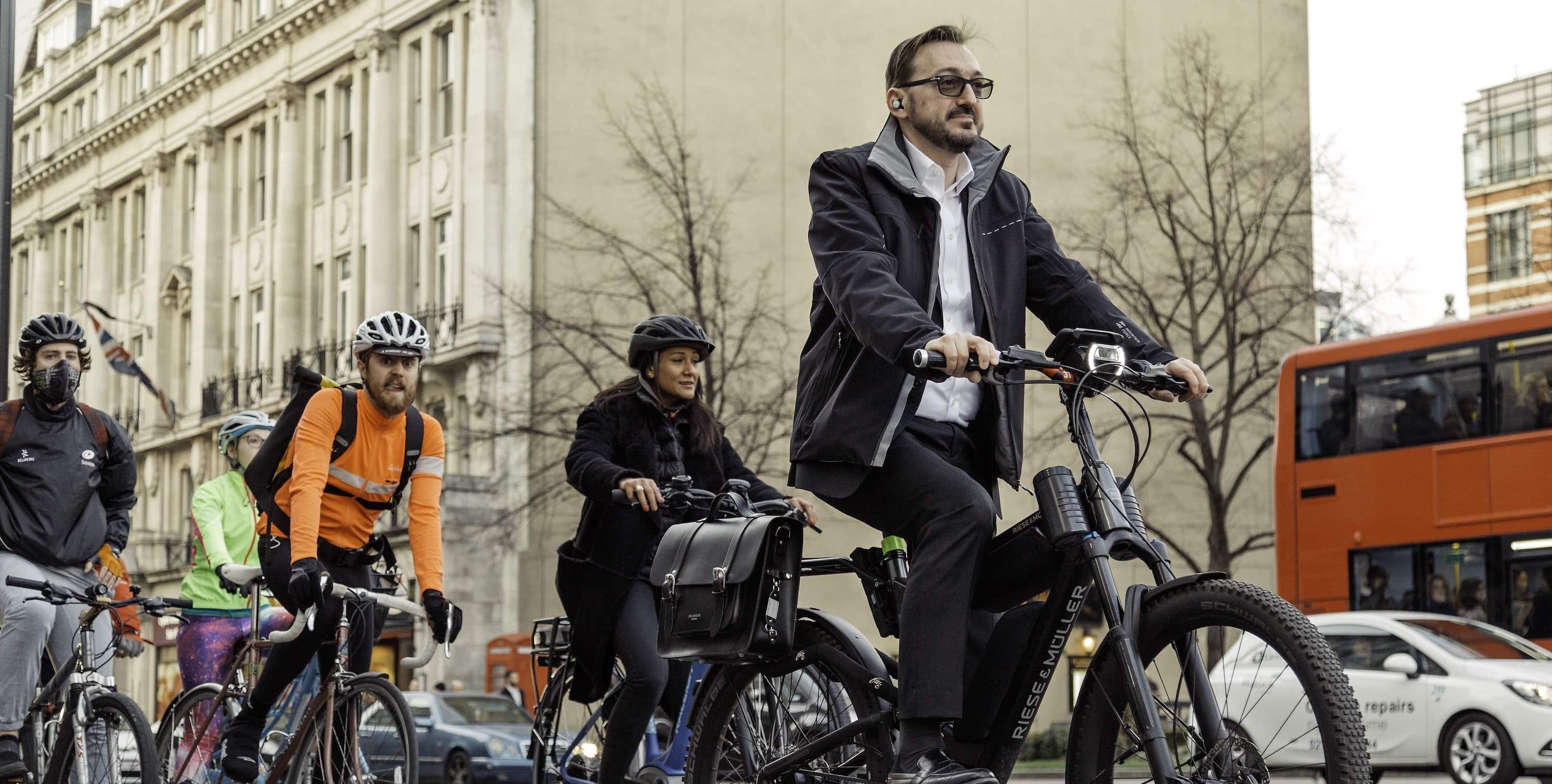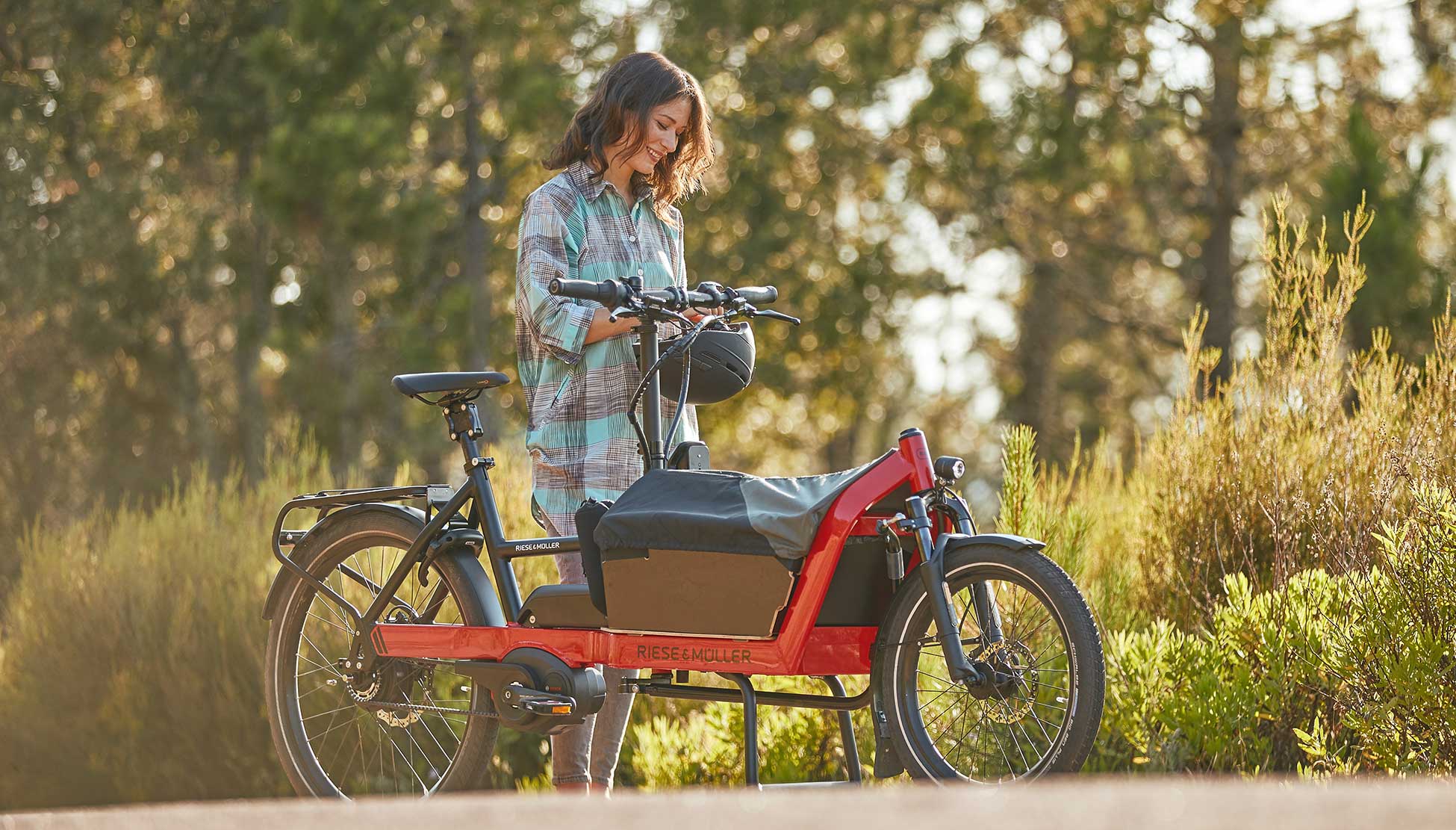Let’s start with a declaration of full transparency: I used to wear Lycra - to race in, to train in and sometimes under a wetsuit. It’s good stuff, until it gets old and then ‘full transparency’ is literal.
But this isn’t about Lycra.
Let’s talk about how bikes are used
Cycling has always had its devotees, its casual participants, its people who have no choice, and its evangelists. They’re all out there making up our glorious cycling community.

The evangelists come in different guises too. There are the folk who race and wonder why not everyone does; there is the anti-car brigade for whom anything that has more than two wheels is a travesty; and there are the greens (and let’s be honest, we should all be joining this group), who wouldn’t consider any other way of getting around than public transport or a bike. We love them all.
Now there’s another piece of green evidence that may upset the Lycra guys
In his recently updated version of ‘How Bad are Bananas’ – the Carbon Footprint of Everything’, Mike Berners Lee makes an interesting claim. On the one hand it’s awesome if, like me, you think eBikes are an answer to congestion and pollution. On the other hand, I’ve been a triathlete and ‘roadie’ and I know how I’d have reacted if I’d seen this before eBikes were on my horizon.
So, here goes
Berners-Lee reckons that eBikes are 20 times more carbon-efficient than analogue bikes (...pauses for this to sink in...). Furthermore, if all the power that fuels an eBike were to come from renewable sources, they’d be nearly 1,000 times more carbon efficient.

How?
As in everything, there are caveats to the claim. While an electric motor is ‘perhaps four times as efficient as human legs at turning chemical energy into bike propulsion’, Berners-Lee does acknowledge that eBikes aren’t fully electrically powered. To be legally regarded as a bike, we need to pedal too, which renders the eBike a hybrid and therefore slightly less carbon efficient.
It’s a complex subject, but Berners-Lee makes the point that plants aren’t actually as good at harnessing the sun’s energy as solar panels and that, because we contribute to the bike’s energy, batteries last longer between charges than a fully electrical journey would.
Go ahead and read his dissertation for yourself - page 28 in the book – but the idea that eBikes are more planet-friendly overall makes me smile and even more supportive of the Fully Charged cause.
Here are the numbers
Here are the statistics quoted for a mile by electric bike:
3g CO2e per mile for a fully electric bike travelling at 12mph with no hills or stops.
5g CO2e per mile at the same speed with five stops per mile and 10m of climbing.
Add 10-100g CO2e per mile for the bike’s embodied carbon.
As I said at the top, if you’re a bike evangelist, you may roll your eyes at all this. If you’re a green, you may not be unduly agitated by the idea that technology can outperform the simplest form of human-assisted propulsion. But if you’re the Lycra person who regularly shouts at me that I’m cheating, the numbers might help understand why we’re so keen to promote eBikes as car alternatives.
And to the chap I pass most weeks on the same hill in North Buckinghamshire, I’m not training, mate, I’m commuting - and from behind, your Lycra, like your argument, is wearing a bit thin.
Tristan runs www.fullycharged.com/silverstone where you can book to test ride a carefully curated selection of the best eBikes available today.




